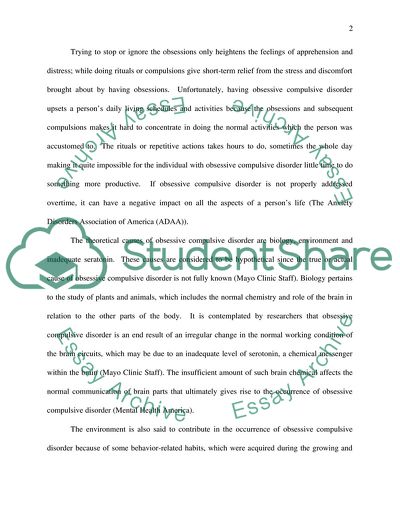Cite this document
(Obsessive Compulsive Disorder Research Paper Example | Topics and Well Written Essays - 1750 words - 1, n.d.)
Obsessive Compulsive Disorder Research Paper Example | Topics and Well Written Essays - 1750 words - 1. Retrieved from https://studentshare.org/health-sciences-medicine/1749035-obsessive-compulsive-disorder
Obsessive Compulsive Disorder Research Paper Example | Topics and Well Written Essays - 1750 words - 1. Retrieved from https://studentshare.org/health-sciences-medicine/1749035-obsessive-compulsive-disorder
(Obsessive Compulsive Disorder Research Paper Example | Topics and Well Written Essays - 1750 Words - 1)
Obsessive Compulsive Disorder Research Paper Example | Topics and Well Written Essays - 1750 Words - 1. https://studentshare.org/health-sciences-medicine/1749035-obsessive-compulsive-disorder.
Obsessive Compulsive Disorder Research Paper Example | Topics and Well Written Essays - 1750 Words - 1. https://studentshare.org/health-sciences-medicine/1749035-obsessive-compulsive-disorder.
“Obsessive Compulsive Disorder Research Paper Example | Topics and Well Written Essays - 1750 Words - 1”, n.d. https://studentshare.org/health-sciences-medicine/1749035-obsessive-compulsive-disorder.


